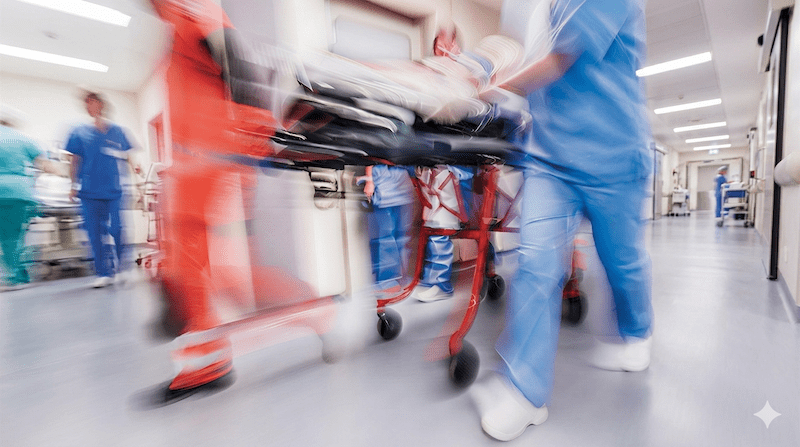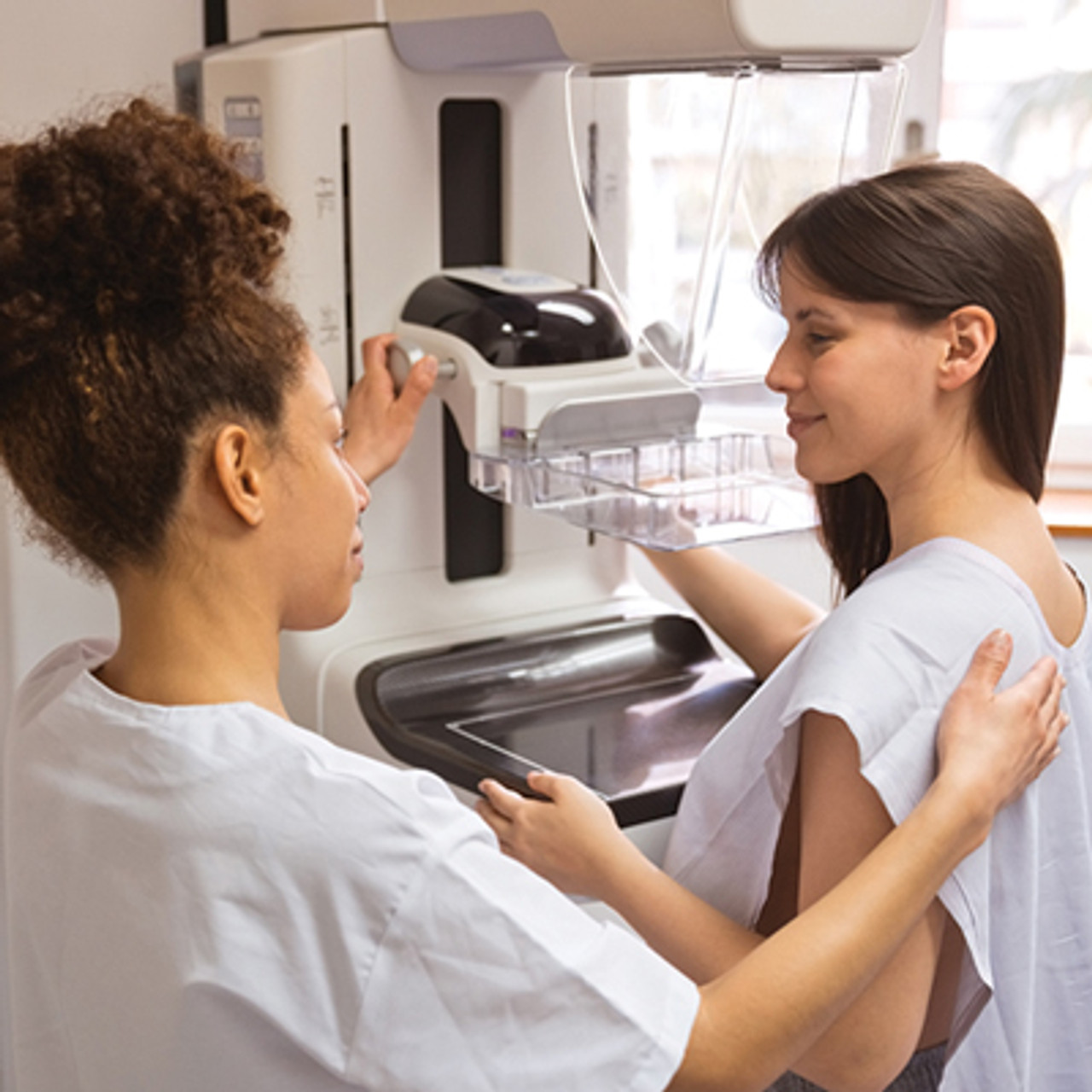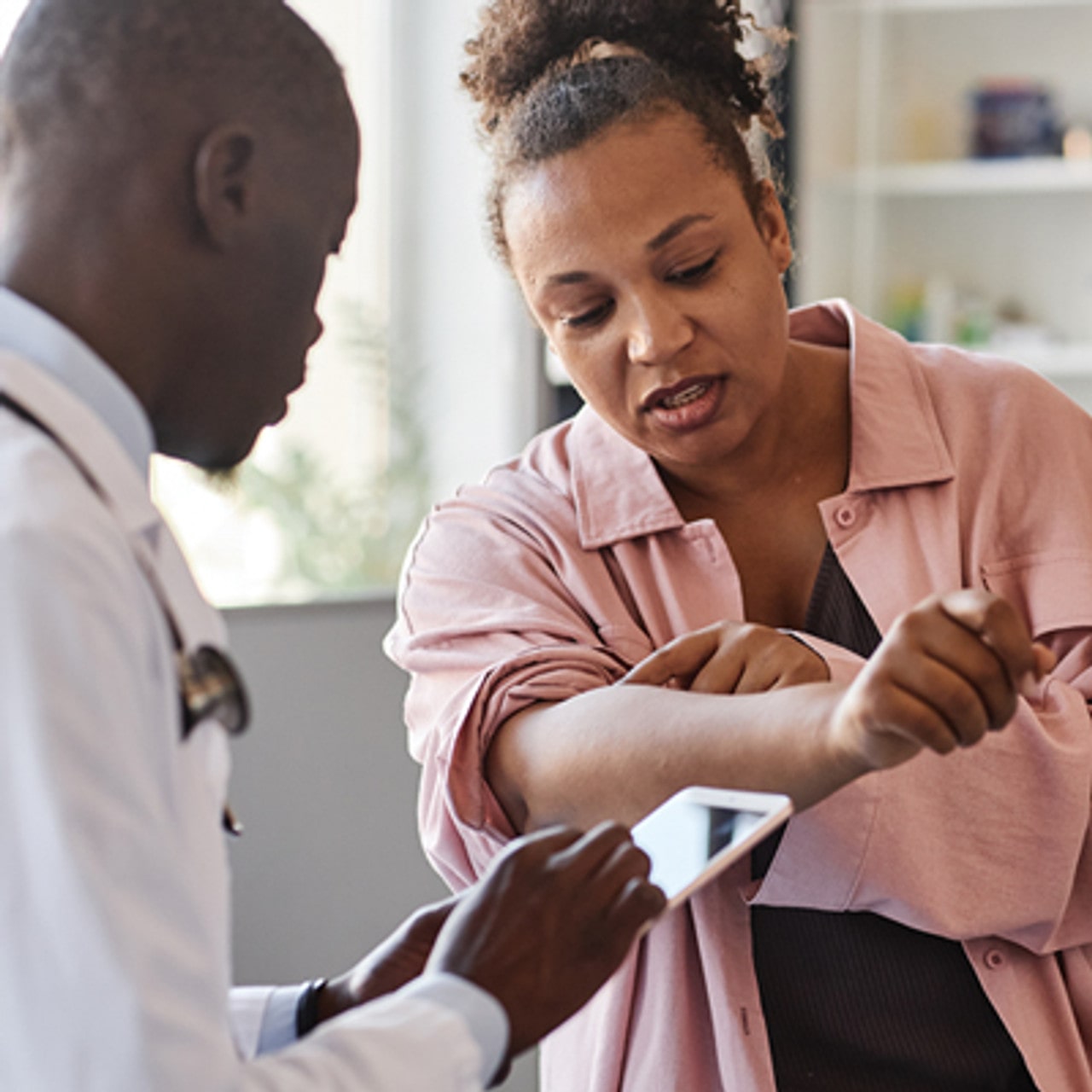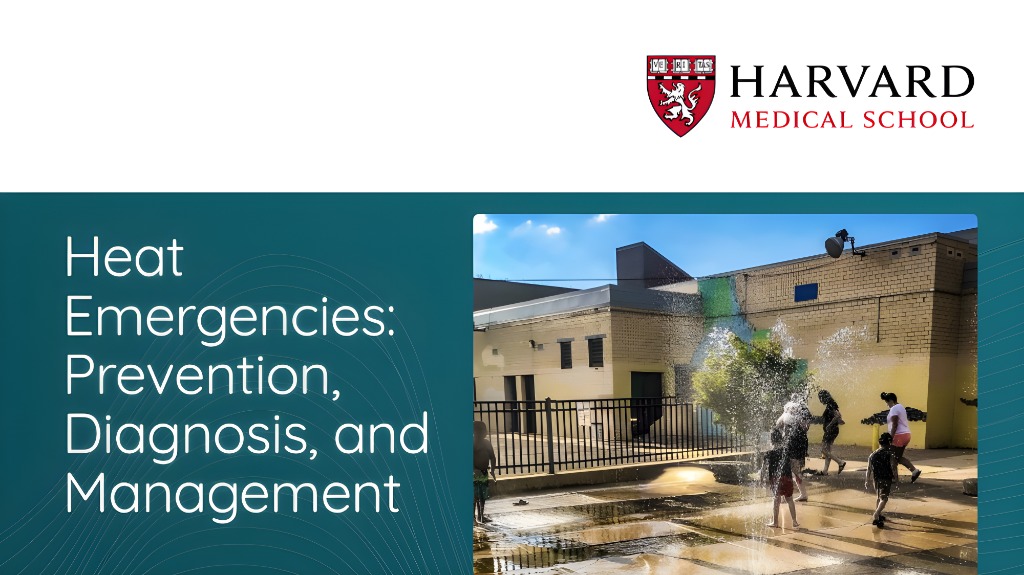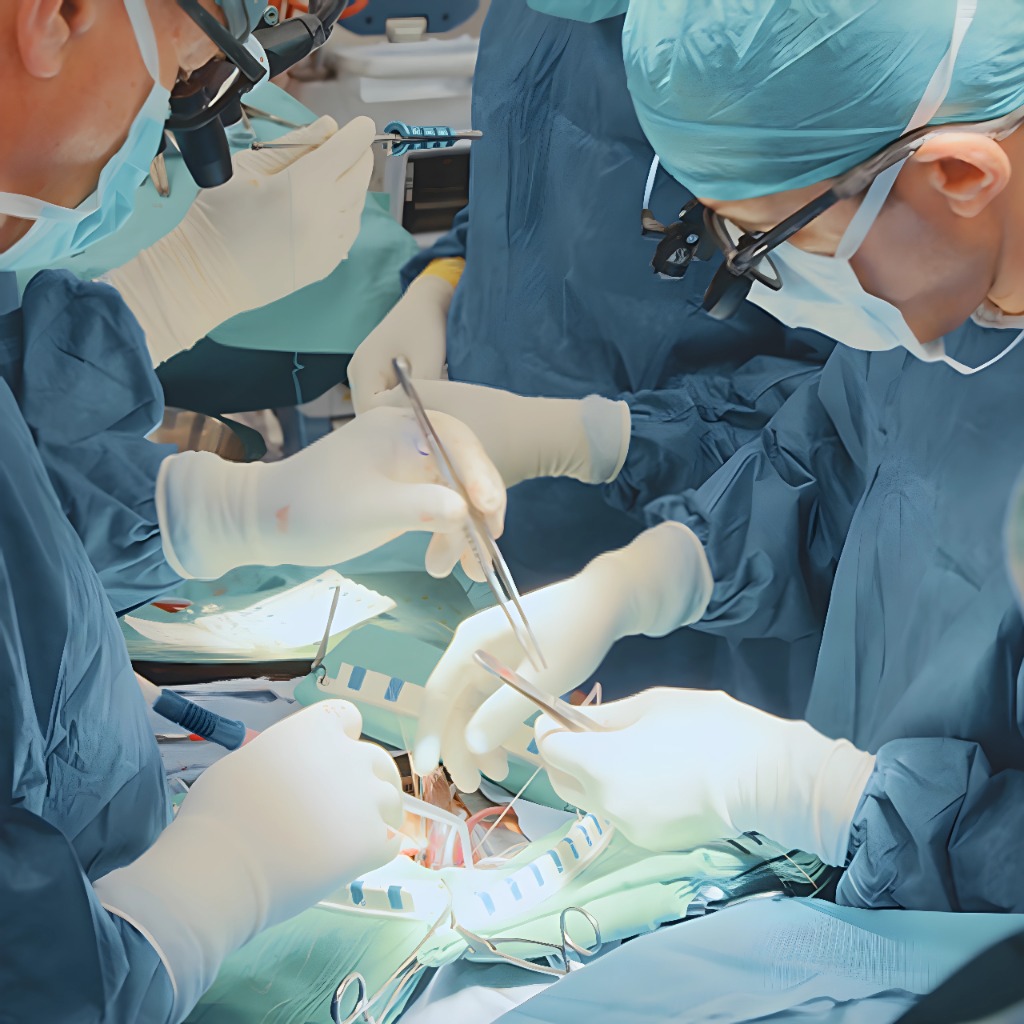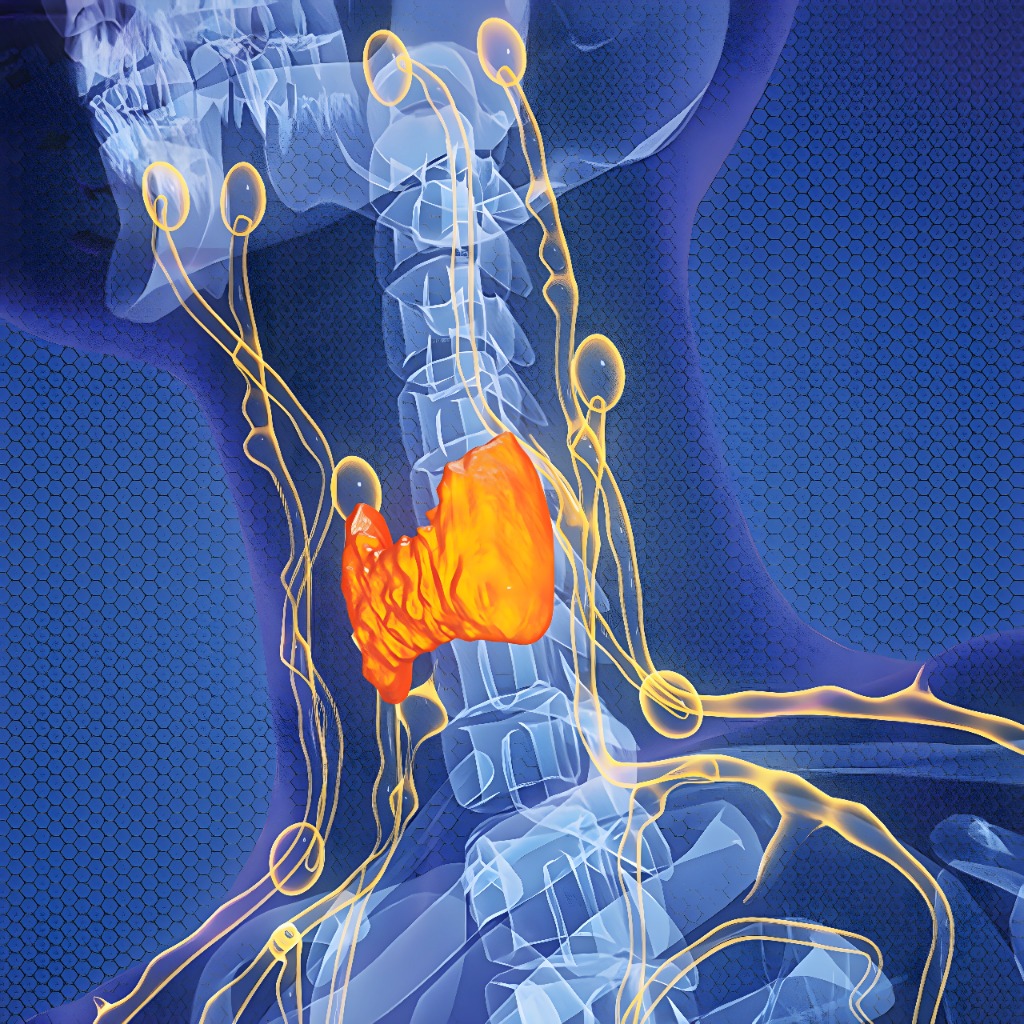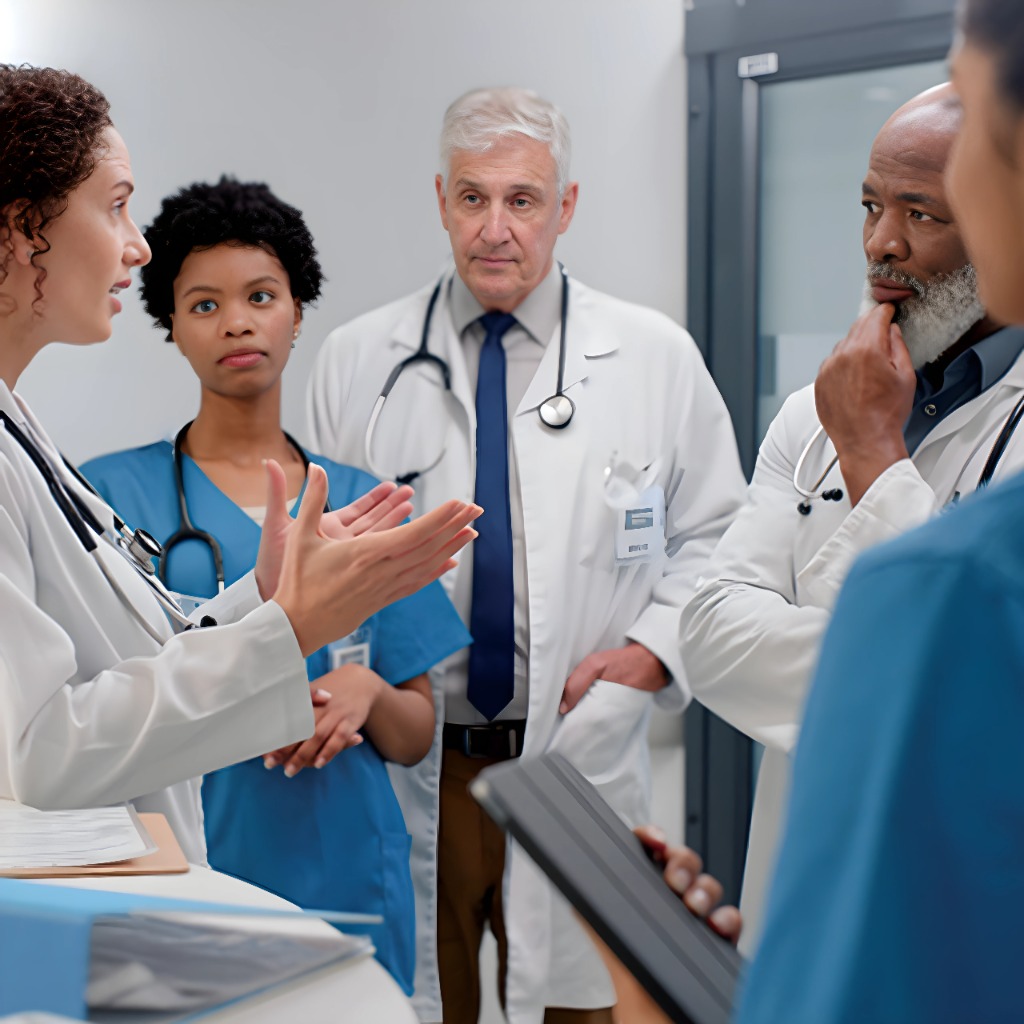Comprehensive Emergency Medicine CME
Need-to-Know Emergency Medicine: A Review for Physicians in a Hurry covers the multispecialty problems, conditions, and dilemmas emergency physicians face every day. Included in this online CME course are very brief, highly-focused and laser-sharp overviews of signs and symptoms, diagnostic testing, diagnostic decision making, treatment, and disposition.
Get expert advice and clinical guidance you can use in making time-sensitive healthcare decisions for patients with myriad, complex conditions. This continuing medical education program delivers expert take-home points with each lecture, such as:
- Congestive Heart Failure. Be sure to assess perfusion in addition to volume status, since normotensive patients can still be in cardiogenic shock.
- Esophageal Disorders. Esophageal foreign body or food impaction is most often seen in pediatric patients. Depending on the foreign body, it may require urgent endoscopy and removal. Often glucagon can be administered for spontaneous passage.
- Nonaccidental Trauma. U.S. physicians are legally mandated to report any nonaccidental trauma to child protective services. The ultimate determination of whether abuse has occurred can take days to weeks. Focus on treating injuries and establishing a safe disposition.
- Electrical Injuries. The extent of surface burns does NOT predict the extent of internal injuries. Therefore, unlike in the management of other burns, Parkland’s formula for fluid resuscitation should not be used for these burns.
- And more…
* Date of Original Release: September 30, 2022
LEARNING OBJECTIVES
At the completion of this course, you should be able to:
- Summarize a diagnostic approach for a patient with elevated blood pressure
- List the risk factors and causes of upper gastrointestinal bleeding
- Compare the etiologies of primary spontaneous pneumothorax with secondary spontaneous pneumothorax
- Recognize which bone fractures are orthopedic emergencies
- Identify the signs and symptoms of pneumonia found on physical examination
- Describe the emergency physician’s role in the treatment of a victim of sexual assault
- List the most commonly found pediatric abdominal emergencies
- Discuss the ABCs — Airway, Breathing, Circulation — in the assessment of patient with burns
- Differentiate between primary headache disorders and secondary headache disorders
- Recognize the signs and symptoms of psychosis
- Summarize the physical examination findings of anemia
- Describe the clinical presenting features of opioid use disorder
NEED-TO-KNOW EMERGENCY MEDICINE: A REVIEW FOR PHYSICIANS IN A HURRY





